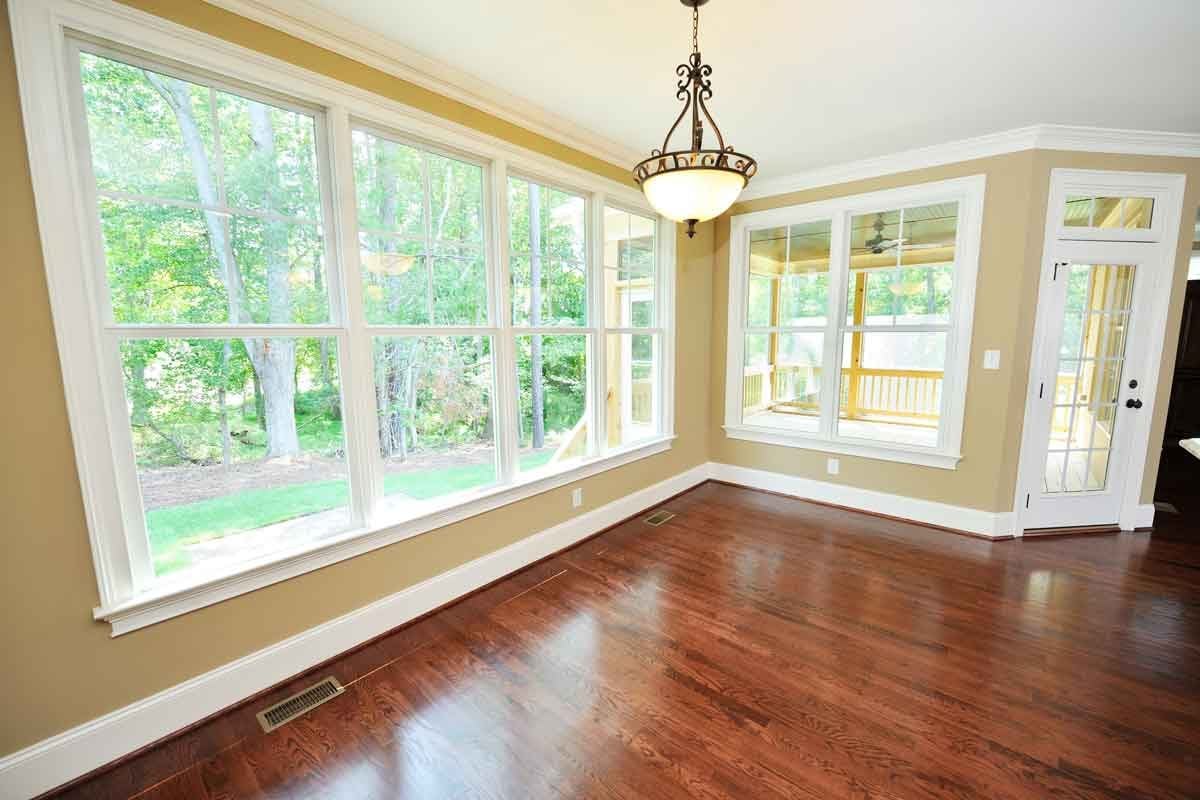A guide to interior window trim to help homeowners make the right choice.
Our editors and experts handpick every product we feature. We may earn a commission from your purchases.Learn more.


A guide to interior window trim to help homeowners make the right choice.
Our editors and experts handpick every product we feature. We may earn a commission from your purchases.Learn more.
We can’t tell you which interior window trim is best for your home, but we can give you enough information to make the choice yourself. Here’s what you need to know about interior window trim, including what it does, why you need it and which options you might want to consider.
On This Page
Let’s start with the basics: Interior window trim is a piece of wood or composite that covers the seam where a window meets a wall. It functions like baseboards or crown molding.
A home can have interior and exterior window trim. They serve the same purpose but usually aren’t identical. Exterior window trim needs to be more waterproof. “For the outside of a home, vinyl, synthetic or exterior-rated building materials should be used,” explains Michael DiMartino, senior vice president of installations at Power Home Remodeling.
Interior window trim has two main purposes: insulation and decoration. Interior window trim is often more decorative so wood is a viable choice. “Window trim will work as an important barrier to help keep outside air out of the home, and inside air in,” says DiMartino. It also adds another layer of protection to the insulation around the window.
For decoration, window trim works to cover imperfections and add style. “It’s just about impossible to put a window in and have everything match up perfectly so that it doesn’t need any trim,” says Melanie Musson, a window expert with USInsuranceAgents.com.
Trim covers any messy spots left behind after the window installation. Some interior window trim is sleek and simple, while other styles can have beautiful patterns and colors.
Interior window trim elevates an entire home, and people take notice — including when it’s time to sell. “High end woodwork is a big booster of home value and is often sought after by prospective buyers,” says DiMartino. When done right, it is a timeless piece of home décor.
DiMartino and Musson both cite wood as the most used interior window trim material. But there are tons of options with varying prices. Wood itself has many options to choose from.
“Depending on your design vision, style of home and budget, I’d recommend using different types of wood,” says DiMartino. He recommends poplar for painted trim thanks to its smooth finish, and strong-grained oak for stained.
Wood composites and vinyl are other common interior window trim materials, offering more variety in style and budget. You’ll see a lot of vinyl in commercial builds, DiMartino says, since “it holds up to wear and tear and is more budget friendly for larger scale projects.”
With interior window trim design style, the options are endless. There’s something to match any home. You’ll find colonial, Victorian, modern and Craftsman trim, as well as any other home style. Start with the most common and easy to find. DiMartino identifies four common styles: flat, colonial, fluted and ranch.
Choosing interior window trim comes down to budget and style. Consider the initial cost of materials and installation as well as ongoing maintenance costs.
Don’t forget your DIY ability. Installation is a significant chunk of the overall price. If your carpentry skills are strong, you could bypass installation costs and afford a more expensive wood trim. If you’re paying for installation, a cheaper trim style or material might be better.
Ronnie Collins, a professional carpenter and founder of Electro Garden Tools, says the average cost of materials and installation runs from $6.21 to $9.63 per linear foot. “This means that an average project will cost you around $450-$550 with labor,” he says. “If you want to DIY, the price will be just $0.90 to $1.35 per linear foot.”
To choose the right style, head to a store or peruse interior design photos online for an idea of what you like. Look at the trim and molding around the rest of your house. Unless you plan to replace all the woodwork, it’s smart to match your windows to the rest of your interior trim.
Fortunately, it’s possible to DIY interior window trim with the right tools and skills. Measuring and cutting the pieces is the hardest part. Collins recommends using a miter saw and a brad nailer. You can also DIY trimless windows for a fresh and minimalist look. When in doubt, call a pro.